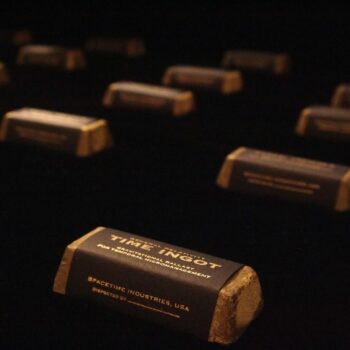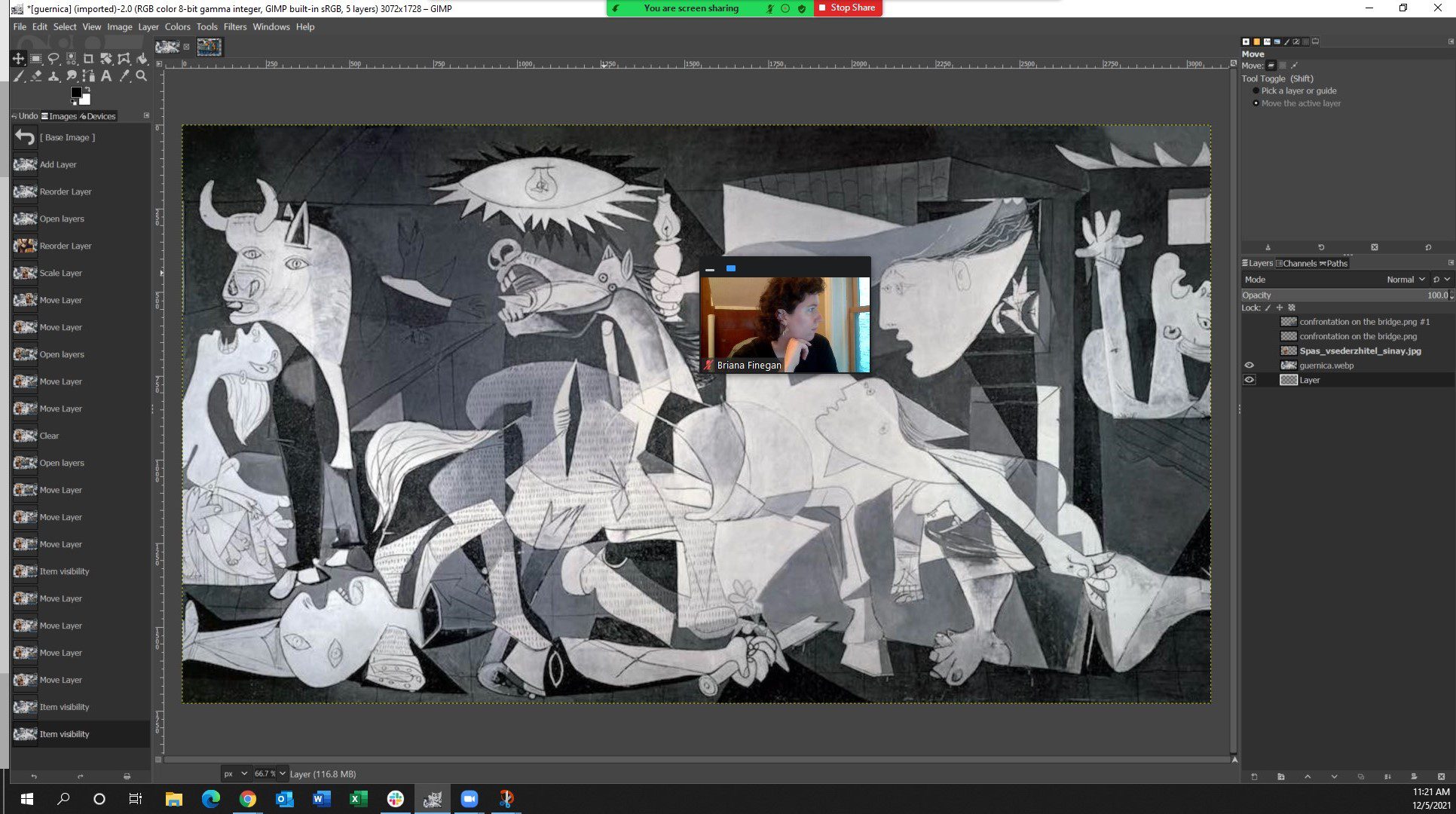
A new company recently opened a pop-up store inside Modernism Gallery in San Francisco. Spacetime Industries has the kind of name—and typeface—that you’d expect to see on the hull of a deep-space mining vessel that’s about to be attacked by aliens. But this company is the work of one man, Jonathon Keats, a conceptual artist in a bow tie and tweed suit.
Addressing the crowd, Keats pulled a vintage pocketwatch from his vest and explained that it had been recalibrated for use on the sun, where mass is greater than here on Earth and time passes more slowly. If you stood on the sun and checked the time, this pocketwatch would compensate for the difference in mass and show you the correct time back on Earth—although of course you and the watch would both incinerate first.
Spacetime Industries is in the business of time management. It turns out you don’t need to be super-organized or fabulously wealthy in order to free up more time in your life. All you have to do is take advantage of Einstein’s theory of relativity. Time effectively slows down near massive objects. So Spacetime Industries offers a Time Ingot—a heavy bar of lead alloy, wrapped in handsome blue paper like a fine chocolate—that, if you keep it near you, will have the effect of slowing down time locally. Keats estimates that the Time Ingot will increase the time that you experience relative to other people by less than one second between now and the end of the universe. That’s a very small amount of time. But the effect is very real. Time Ingots were on sale for $19.99.
Elsewhere in the gallery, two boards of identical size were arranged beneath two identical analog clocks. One board lay flat on the ground. The other rested on a platform about one foot in height. Stand on the lower board for the rest of your life, during an average lifespan of 79 years, and because you are closer to the Earth’s center of mass you will experience 90 billionths of a second more of life than someone on the higher board. The clocks were there to illustrate this difference.

What Spacetime Industries lacks in practicality—by the time you’ve wrapped your head around the concept, the time you’re saving is gone—it makes up for in entrepreneurial vision. Keats was selling the plans for an Elevator House whose rooms are connected by incredibly long cables strung through outer space. Sleeping quarters would be located near the event horizon of a black hole, while the garden would be located in the empty reaches of the galaxy. If such a house could be built, you could plant something in the garden upstairs, go downstairs to sleep, and when you woke up your crop would be ready for harvest. If you slept near a black hole, and the stock market was light years away, you could make your fortune overnight.
Like Buckminster Fuller, about whom he’s written, Keats has a zeal for putting basic scientific principles into action on the scale of huge utopian communities. The crown jewel at Modernism Gallery was a blueprint for a city, in outer space, whose various districts are rotating inside of gears that spin around with massive amounts of centrifugal force. Never mind where the energy to spin a city comes from—that’s for future generations to figure out. All we care about is that centrifugal force is mathematically equivalent to gravity, so the districts that spin fastest will experience time the slowest. That’s where we’ll live, while our industrial and agricultural districts spin slowly, producing exponentially more resources.
What’s captivating about Spacetime Industries is how it turns sci-fi ideas into real-world objects. With tongue-in-cheek salesmanship, Keats wedges a sliver of reality into these fantastic notions. You really can build a solar pocket watch. You can take home a Time Ingot. Newton has the apple—an everyday symbol of his greatest scientific discovery. Now Einstein, thanks to Keats, has a bar of lead.




